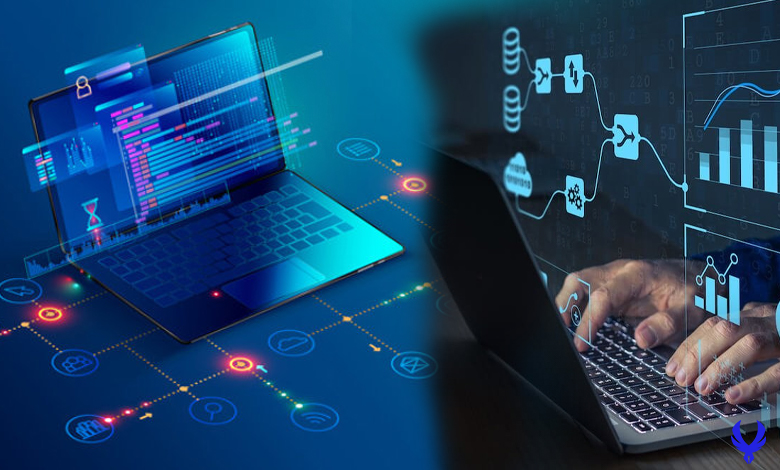In today’s data-driven world, presenting information effectively is just as important as gathering it. With artificial intelligence (AI) at our fingertips, transforming raw data into visually appealing and understandable insights has never been easier. Let’s explore how AI is revolutionizing data visualization and how you can leverage it to create impactful narratives.
Why Data Visualization Matters
Data visualization is more than just charts and graphs; it’s about telling a story. Effective visualizations allow decision-makers to grasp complex information quickly, spot trends, and make informed decisions. Whether you’re analyzing sales metrics, customer behavior, or scientific data, visuals bring clarity to the numbers.
AI has introduced a new dimension to this process by automating visualization tasks and enhancing the aesthetic appeal of data presentations. Tools like a text to image generator illustrate how AI can bridge the gap between abstract data and relatable visuals, enabling even non-technical users to produce professional-quality outputs.
How AI Enhances Data Visualization
AI-powered tools simplify and enhance the visualization process in several ways:
- Automated Insights AI tools analyze datasets, identify patterns, and suggest the most appropriate visualization types. For example, a sales report might automatically generate a heatmap highlighting regions with the highest revenue.
- Dynamic Visuals Unlike static charts, AI enables the creation of interactive and customizable visuals. These dynamic elements allow users to explore data in real time, offering a more engaging experience.
- Personalized Dashboards AI can tailor dashboards based on user preferences and roles, ensuring the most relevant information is front and center.
Applications of AI in Data Visualization
AI-driven visualization tools are transforming industries, including:
- Business Analytics: AI tools help companies visualize KPIs, track performance, and optimize strategies.
- Healthcare: Medical professionals use AI to map patient data, improving diagnostics and treatment plans.
- Education: Educators leverage AI to present student performance metrics in a digestible format.
For instance, platforms like Tableau and Power BI have integrated AI capabilities, making it easier to uncover actionable insights.
Actionable Tips for Using AI in Data Visualization
- Start with Clean Data AI is powerful but not magical. Ensure your data is well-organized and free from errors before feeding it into any tool.
- Choose the Right Tool Select AI-driven platforms that align with your needs. Experiment with tools like Google Data Studio, Domo, or custom-built AI solutions.
- Focus on the Audience Tailor visualizations to your target audience. For instance, executives may prefer high-level summaries, while analysts might need granular details.
The Future of Data Visualization with AI
The future promises even more advancements in AI-driven visualization. Imagine tools that can create immersive 3D models or AR/VR environments from datasets, offering entirely new ways to interact with information. As AI continues to evolve, the line between data and art will blur, empowering us to turn numbers into not just insights, but also inspiration.
Start exploring AI tools today and unlock the potential of your data. After all, a well-visualized dataset is worth a thousand spreadsheets.




